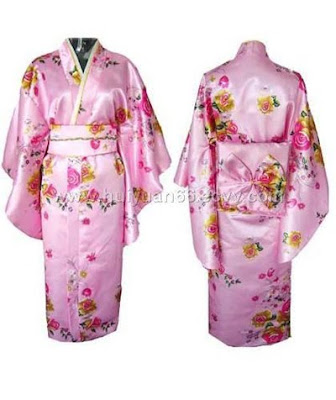
Japanese Clothes Could be the Solution to Body Odour
Have you started to think about what to buy for your nearest and dearest this Christmas? Ever had friends with body odour, and never had the urge to tell them? Well, soon there will be a solution to both problems, and good bye to the stressful Christmas season. Japanese manufacturers are focusing on developing fibres from naturally-occurring chemicals obtained from plants and animals. They are increasingly focusing on developing fibres and textiles for personal well-being, hygiene and comfort.
Osaka-based Omikenshi has developed a number of health-promoting viscose fibres. One of these is its Sundia branded fibre which has special deodorizing properties. The deodorizing effect is activated simply by exposing the fibre to sunlight for five hours. Fabrics made from Sundia also have antibacterial properties and help to protect the wearer from UV radiation. The company also offers Crabyon branded viscose fibres which are coated with chitin made from crab shells. Crabyon fibres are designed to provide protection from germs.


Another unusual development Japanese clothing from Omikenshi is its Kishu Binchotan fibre. This is made from a composite of viscose and charcoal derived from oven-baked oak. The charcoal particles generate negative ions, which are said to create a sense of well-being, to absorb odours and humidity, and to aid blood circulation by releasing far-infrared radiation.
In a further innovation, Omikenshi has developed viscose fibres which contain the health-giving compound squalene - a substance derived from shark's liver. Following extensive studies, it has been found that squalene plays a key role in maintaining health.
Daiwabo, another Osaka-based company, has developed a new deodorant fibre called Deometafi. The fibre is able to neutralize a wide range of odours - including unpleasant odours generated by the human body. In order to achieve these properties, Daiwabo has created artificial enzymes which are able to form ionic bonds with fibres.
Health, safety and environmental concerns, are also a driving force behind a number of Japanese fibre innovations. Three companies -Asahi Kasei, Teijin and Toyobo - have developed polyester cushioning materials to compete with polyurethane (PU) foam in public transport seating and household furniture. PU foam suffers from the drawback that it is difficult to recycle. Also, it generates toxic by-products when it burns. The new polyester materials overcome these drawbacks.
This must be too good to be true. Just wrap up the present and you'll soon have a body odour-free life, and at the same time, all Christmas wishes could come true, not to mention, yours!(Article Source:EzineArticles.com)
Find out the other guide on Japanese Women.